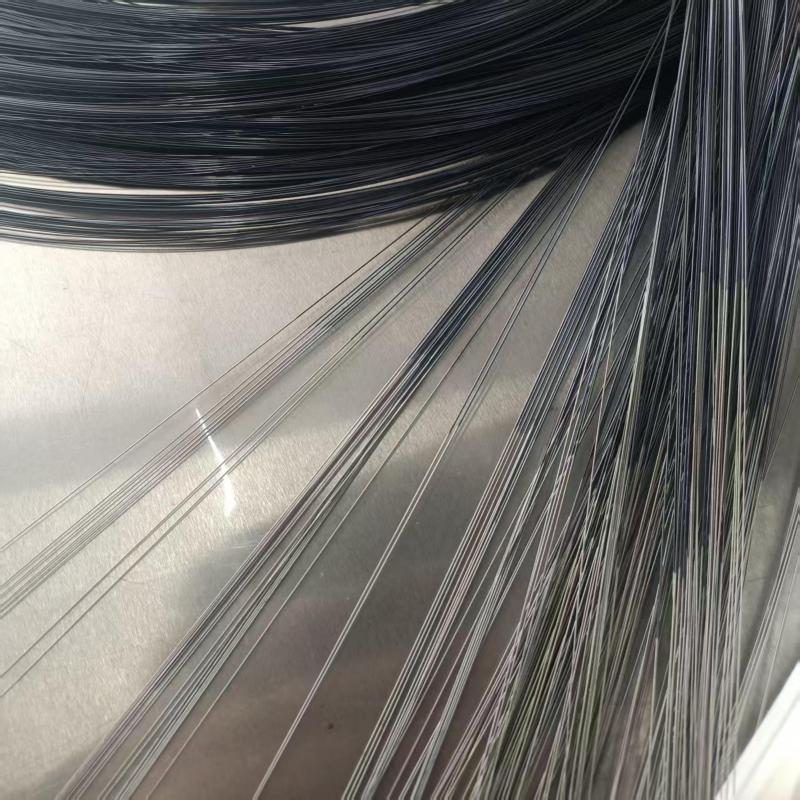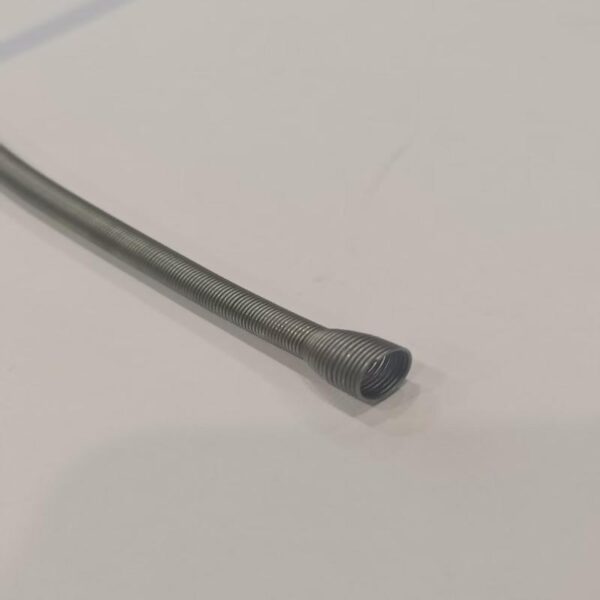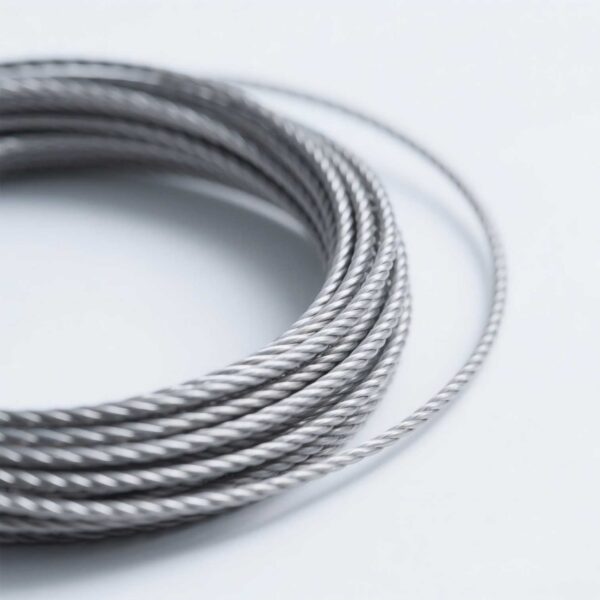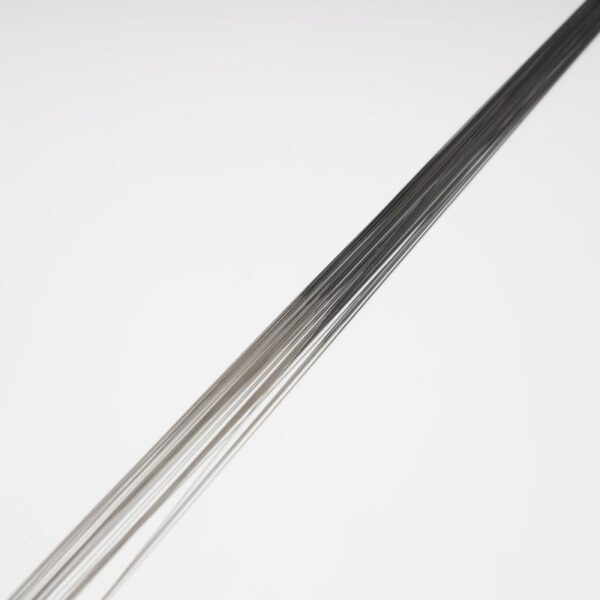Advanced Nitinol guide wires offer precision, flexibility, and durability for minimally invasive surgeries.
Description
Introduction to Nitinol Guide Wires
Medical Nitinol guide wires are crucial in minimally invasive surgeries, offering superior performance through their superelasticity and shape memory properties. Doctors rely on them for cardiovascular, orthopedic, and endoscopic procedures. Nitinol surgical guidewire offers excellent flexibility and kink resistance. Leading manufacturers ensure compliance with ASTM F2063 and ISO 10993 standards.
Key Benefits of Nitinol Guide Wires
Shape-memory alloy guide wire adapts to complex anatomical pathways. It withstands repeated bending without permanent deformation. The material is MRI-compatible, ensuring safe imaging during procedures. Surgeons appreciate its precise control and smooth navigation. Additionally, coated variants reduce friction for easier insertion.
Applications in Modern Medicine
Cardiac interventions frequently use Nitinol guide wires for stent placements. Orthopedic surgeries benefit from their strength and fatigue resistance. Endoscopic procedures require thin, steerable wires for accurate targeting. Neurovascular treatments depend on micro-guidewires for delicate operations. These wires also assist in urology and gastroenterology. Technical Advantages Over Traditional Wires Nitinol surgical guidewire outperforms stainless steel in flexibility. It maintains structural integrity under high stress. The alloy’s superelasticity allows safe passage through tortuous vessels. Tapered designs enhance pushability and trackability. Furthermore, hydrophilic coatings improve glide performance in vascular access.
Choosing the Right Nitinol Guide Wire
Consider wire diameter, tip shape, and coating based on the procedure. Thin-core wires suit delicate neurovascular applications. PTFE-coated options reduce thrombogenic risks in cardiovascular cases. Always verify compliance with medical-grade material standards. Reputable suppliers provide detailed specifications and testing reports.
Future Trends in Guide Wire Technology
Demand for Nitinol guide wires grows with rising minimally invasive surgeries. Advances in micro-manufacturing enable thinner yet stronger designs. Smart guide wires with embedded sensors may soon enhance real-time feedback. Emerging markets in Asia show increased adoption of high-end medical wires.





Reviews
There are no reviews yet.